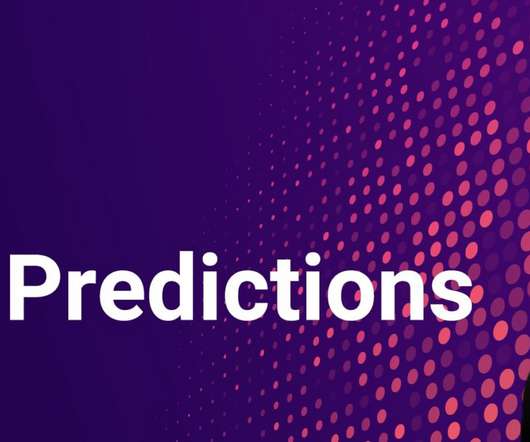Expanding the influence and impact of Procurement
Spend Matters
FEBRUARY 13, 2025
The historical approach focused on reacting to operational elements, like a plant being short of potatoes, instead of demand driven supply management processes. In addition, the broader supply chain organization was working to implement other new tools and processes.












Let's personalize your content